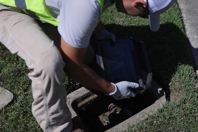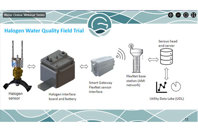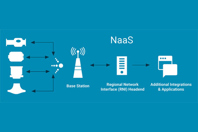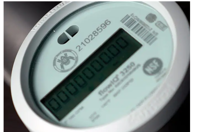AMR, AMI AND METERING RESOURCES
-
The city of Jackson faced a water crisis that went beyond the tap. What began as an ambitious plan to modernize its water metering infrastructure in 2014 became a logistical and financial nightmare, costing the city millions in lost revenue and declining public trust. Metering as a Service (MaaS) offered the city an alternative option.
-
MDM systems transform raw meter data into actionable intelligence, enhancing operational efficiency, driving proactive leak detection, improving billing accuracy, and supporting vital water conservation initiatives.
-
Choosing the wrong MDM vendor creates massive risks, including financial strain, operational disruption from data inaccuracy, and technical limitations. A poor selection can severely damage customer trust and stifle future innovation.
-
The 2024 hurricane season was one of the most severe on record, creating unprecedented destruction to the tune of $182.7 billion worth of damage. Scientists predict that this year's storm season, which officially began June 1, will likely be highly active and volatile as well. As hurricanes become more difficult to accurately predict and prepare for, the damage caused by burst pipes, flooding, downed trees and debris, and disrupted utilities is also increasing.
-
Improve efficiency and water quality with demand-based flushing. The integration of sensors and smart networks allows utilities to remotely monitor and optimize flushing cycles.
-
As operational costs rise and aging infrastructure strains budgets, many water utilities are turning to Advanced Metering Infrastructure (AMI) to reduce non-revenue water, streamline operations, and deliver better customer service.
-
Read about a utility that reduced field investigations by 90%, enhancing operations and customer satisfaction with near real-time data.
-
Severn Trent is reducing water loss and improving customer engagement with smart meters and advanced data analytics, achieving measurable results in leak detection, conservation, and operational efficiency.
-
What began as a mandate to reduce water loss has grown into a model of smart water management for the Eastern Band of the Cherokee Indians (EBCI). Since deploying Kamstrup’s ultrasonic meters in 2016, the utility has transitioned from crisis response to innovation leadership—proving that even the most rugged terrain can support advanced metering infrastructure (AMI).
-
Smart meters, sensors, and operational systems generate a constant stream of information about water flow, pressure, consumption, and system performance. But data alone doesn't solve problems—it's the ability to understand and act on this information that drives real operational improvements.











